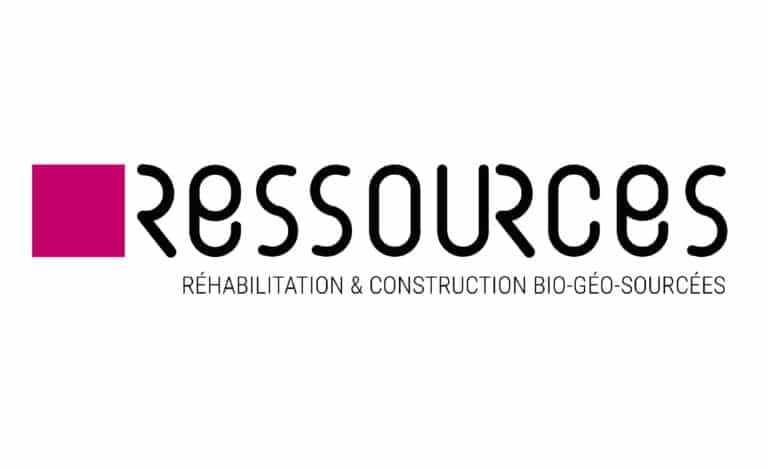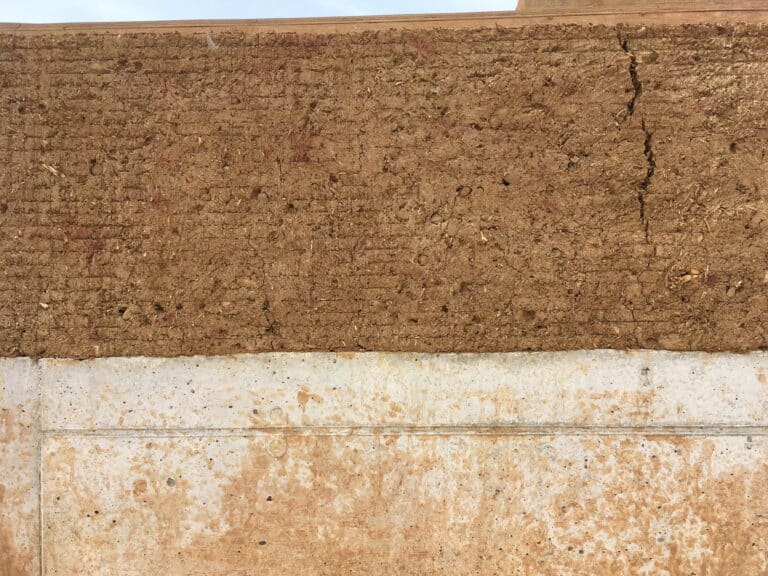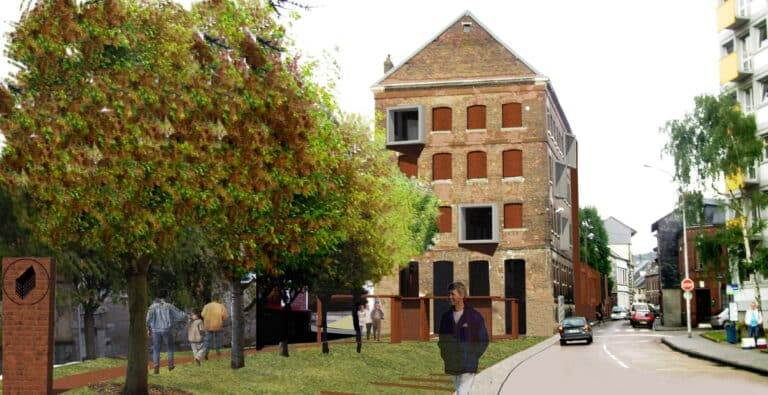Blended learning: experiential, digital and collaborative

A National Research Agency (ANR) project
The ANR "Resources" project is part of the call for projects on the hybridization of training in higher education, supported by theNational Research Agency. This training addresses two major themes: rehabilitation and construction using bio-geosourced materials.
This project thus mixes two pedagogies:
- A so-called "experiential" pedagogy which is concretised by "doing" each time the student physically comes to the institution.
- Distance learning, using digital tools and practices.
In addition to these two learning methods, there is a third method based on so-called collaborative teaching, which can be organised either face-to-face or remotely, depending on the event.
Experiential" pedagogy
Experiential learning, collaborative pedagogy
This pedagogy is based on experimentation with materials in order to create architectures that are part of a territory. It invites the participants to experience the material, to live it in order to know it. This method aims to develop a spirit of research and to instil in professionals and future professionals in the construction industry the desire to experiment and create with the most banal and yet most available materials.
Distance learning, the digital issue
Tools, contents and teaching methods to be shared
One of the main objectives of the resources project is to bring together the various digital initiatives and content to integrate them into a coherent digital education project. With a view to a successful digital transition, it is also a question of working collectively between teachers and educational teams from the various establishments on the transformation of their courses into digital format.
Collaboration, a major focus
The ANR "Resources" project draws its strength from the plurality of the actors involved. Thus, IDEFI Amàco coordinates the action administratively and scientifically.
The Rehabilitation section is supported by 5 bodies: ENSA Normandie, ENSA Lyon, ENSAP Lille, ENSA Toulouse, École de Chaillot
The Construction section is supported by 7 bodies: ENSA Grenoble, ENSA Lyon, INSA de Lyon, ENSA Versailles, ENSA Clermont Ferrant, Les Grands Ateliers, IDEFI amàco
The main objectives
- Create digital educational resources on the themes of bio-geo-sourced rehabilitation and construction
- Pooling existing content in schools and structuring a collective of inter-school teachers, with the assistance of specialists in innovative pedagogy and building professionals.
- Insert the training modules in the degree courses of the partner institutions. Disseminate them in the 20 architecture schools, engineering schools and continuing education programmes
- Putting content online in the form of a free collaborative platform

The audiences concerned
By proposing a hybrid training format, the ANR project aims to encourage the dissemination and wider appropriation of the educational content.
Thus, the "ENSA ECO and APC" network composed of the 20 ENSA architecture + heritage (initial and continuing education)
will provide training to more than 20,000 students in architecture schools.
The INSA network, comprising all the INSAs + other engineering schools (ENTPE, ESTP, etc.) (initial and continuing education) will train at least 20,000 students in engineering schools.
The professional network of training organisations (continuing education) will train over 100,000 professionals.

Modular two-part content
In the field of architecture and construction engineering, training must serve the ecological transition of the building sector. The project thus proposes to gather around modules a body of knowledge and educational experiences on the theme of rehabilitation and ecological construction materials: wood, stone, raw earth, vegetable fibres.
Each module is a set of hours that combines digital, experiential and collaborative pedagogy. Nine training modules will be put online on the platform and will account for a total of 195 hours of training.
- The energy, environmental and bio-geo-sourced rehabilitation component will develop its content around 4 modules for a volume of approximately 60 hours.
- The bio-geo-sourced construction component will structure its content around 5 modules for a volume of approximately 135 hours.
This ANR "Resources" project is supported by :
ENSA ECO network (teaching of the ecological transition in architecture schools)
APC network (Architecture Patrimoine Création)
CNOA (Conseil National de l'Ordre des Architectes)
Ministry of Culture
Normandy Region (for the rehabilitation component)
ComUE NU
Criann